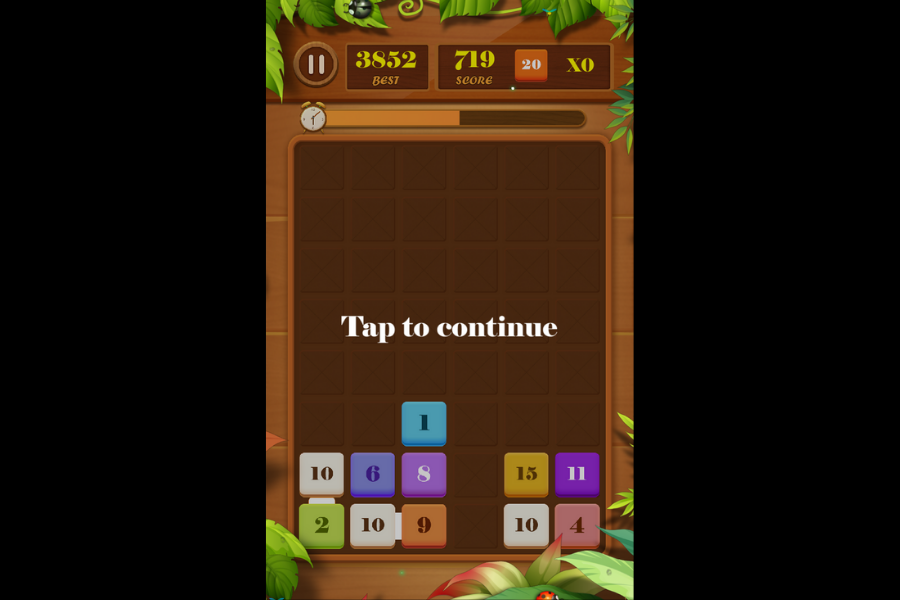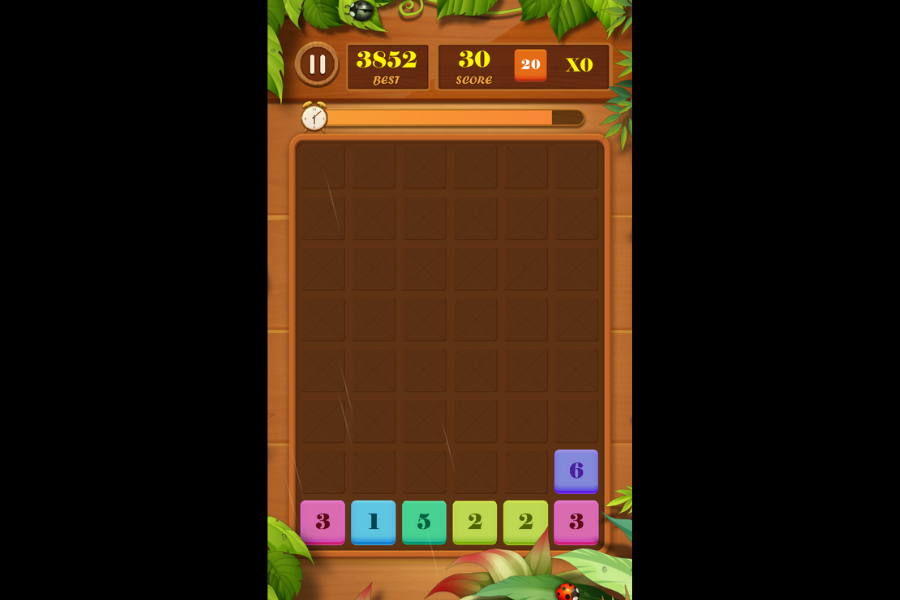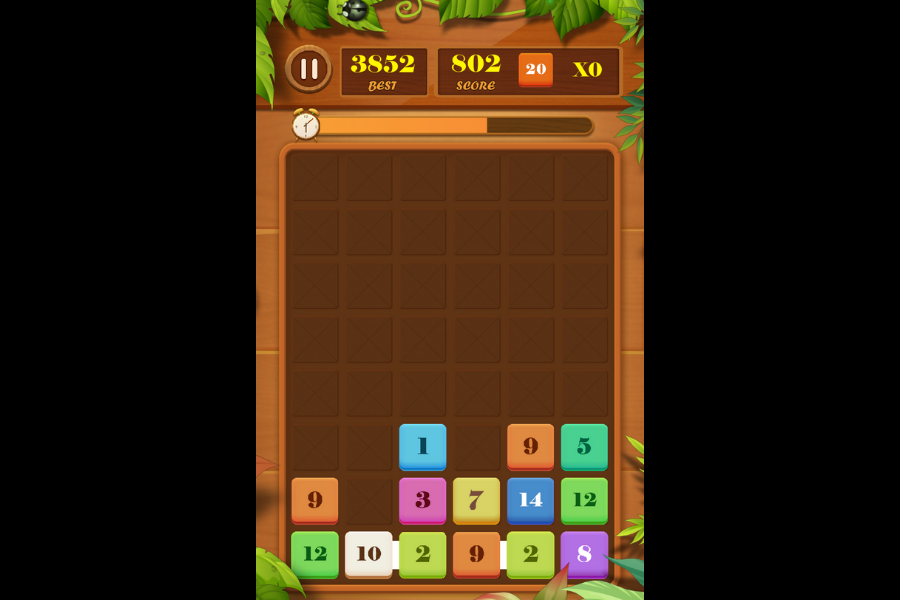- Wondering how to get Monopoly GO! free rolls? Well, you’ve come to the right place. In this guide, we provide you with a bunch of tips and tricks to get some free rolls for the hit new mobile game. We’ll …
Best Roblox Horror Games to Play Right Now – Updated Weekly
By Adele Wilson
Our Best Roblox Horror Games guide features the scariest and most creative experiences to play right now on the platform!The BEST Roblox Games of The Week – Games You Need To Play!
By Sho Roberts
Our feature shares our pick for the Best Roblox Games of the week! With our feature, we guarantee you'll find something new to play!Type Soul Clan Rarity Guide – All Legendary And Common Clans Listed!
By Nathan Ball
Wondering what your odds of rolling a particular Clan are? Wonder no more, with my handy Type Soul Clan Rarity guide.
Drag n Merge: Tips, Cheats, and Strategies
Drag n Merge is a casual, puzzle game from Metajoy where players drag colored blocks to match them with their corresponding colors and numbers. The goal is to merge the colored blocks over and over again to create as many …

Drag n Merge is a casual, puzzle game from Metajoy where players drag colored blocks to match them with their corresponding colors and numbers. The goal is to merge the colored blocks over and over again to create as many orange “20” blocks as possible. The player loses if the blocks reach the top of the level and can’t rise any higher. Think you have what it takes to create an orange 20? “Merge” these tips, cheats and strategies into winning gameplay.

- Focus on the colors – Each number has a corresponding color, so when merging, it’s easier to search for matching colors than matching numbers. In the early stages, if you merge all matches before time runs out, the blocks will rise on their own. Whether or not the blocks rise is a good indicator of whether or not there are possible moves.
- Clear as much as possible before time runs out – As the player creates bigger and bigger numbers, the amount of time between each level rise decreases. Clearing as much as possible not only makes space for the level rise, but ensures less maneuvering is necessary to complete the next set of moves.
- Pay attention to where you match – Sometimes, the player may have more than one possible move. For example, if there are three purple “6” blocks on the screen, one can merge with either of the other two. The choices isn’t inconsequential, so don’t rush into the merge when there are options.
- Newly merged blocks will merge with the one below it, if able – If the player merges two “6” blocks into a yellow “7” block, and the block below is also a “7”, then the two “7” blocks will automatically merge int a purple “8” block. It’s not the easiest thing to anticipate, but a double merger can hinder progress if it comes at the wrong time.
- Keep the top row as even as possible – When moving blocks around, avoid having one or two columns higher than the others. Not only do high columns bring the player closer to a game over, but an even top row means more room to move blocks around to open up mergers and make additional space.

- Balance merging big and small numbers – When merging blocks, find a way to go between merging big numbers (larger than 10) and small numbers (10 and under). Merge too many on one side or the other and the player ends up having to do a lot of finagling to make the next merger.
- Target connected blocks first – As the difficulty progresses, some of the blocks will be connected by thick, white lines. Connected blocks must move together, and the connection is only broken when a freestanding block merges with one of the connected blocks. Since connected blocks can prevent moves by barricading other blocks, it’s best to merge with them as soon as possible.
- A connected block can merge with a block in another connection – The trick to do this is to drop the block on top of the other. One connections needs to fall on the other. The blocks can’t be next to each other, and the connections need to overlap completely. It can’t be a partial overlap, such as just having the merging blocks overlap.
- Look for moves below the top – When space is running low at the top, it’s sometimes helpful to find moves toward the bottom of the pile. Matching blocks next to each other can merge, which could open up some space and create another move or two. This strategy isn’t always helpful, but it can feel better than staring at the game and panicking.
- Use the “Tap to Continue” screen to play – The “Tap to Continue” screen is the closest thing the player will get to a pause screen. The screen shows up after an ad plays and there’s no time limit for the player to tap. If the player finds themselves in a bit of a bind, using the “Tap to Continue” screen is a hack to buy time and plan moves or look for mergers.
More articles...
Monopoly GO! Free Rolls – Links For Free Dice
By Glen Fox
Wondering how to get Monopoly GO! free rolls? Well, you’ve come to the right place. In this guide, we provide you with a bunch of tips and tricks to get some free rolls for the hit new mobile game. We’ll …Best Roblox Horror Games to Play Right Now – Updated Weekly
By Adele Wilson
Our Best Roblox Horror Games guide features the scariest and most creative experiences to play right now on the platform!The BEST Roblox Games of The Week – Games You Need To Play!
By Sho Roberts
Our feature shares our pick for the Best Roblox Games of the week! With our feature, we guarantee you'll find something new to play!Type Soul Clan Rarity Guide – All Legendary And Common Clans Listed!
By Nathan Ball
Wondering what your odds of rolling a particular Clan are? Wonder no more, with my handy Type Soul Clan Rarity guide.







